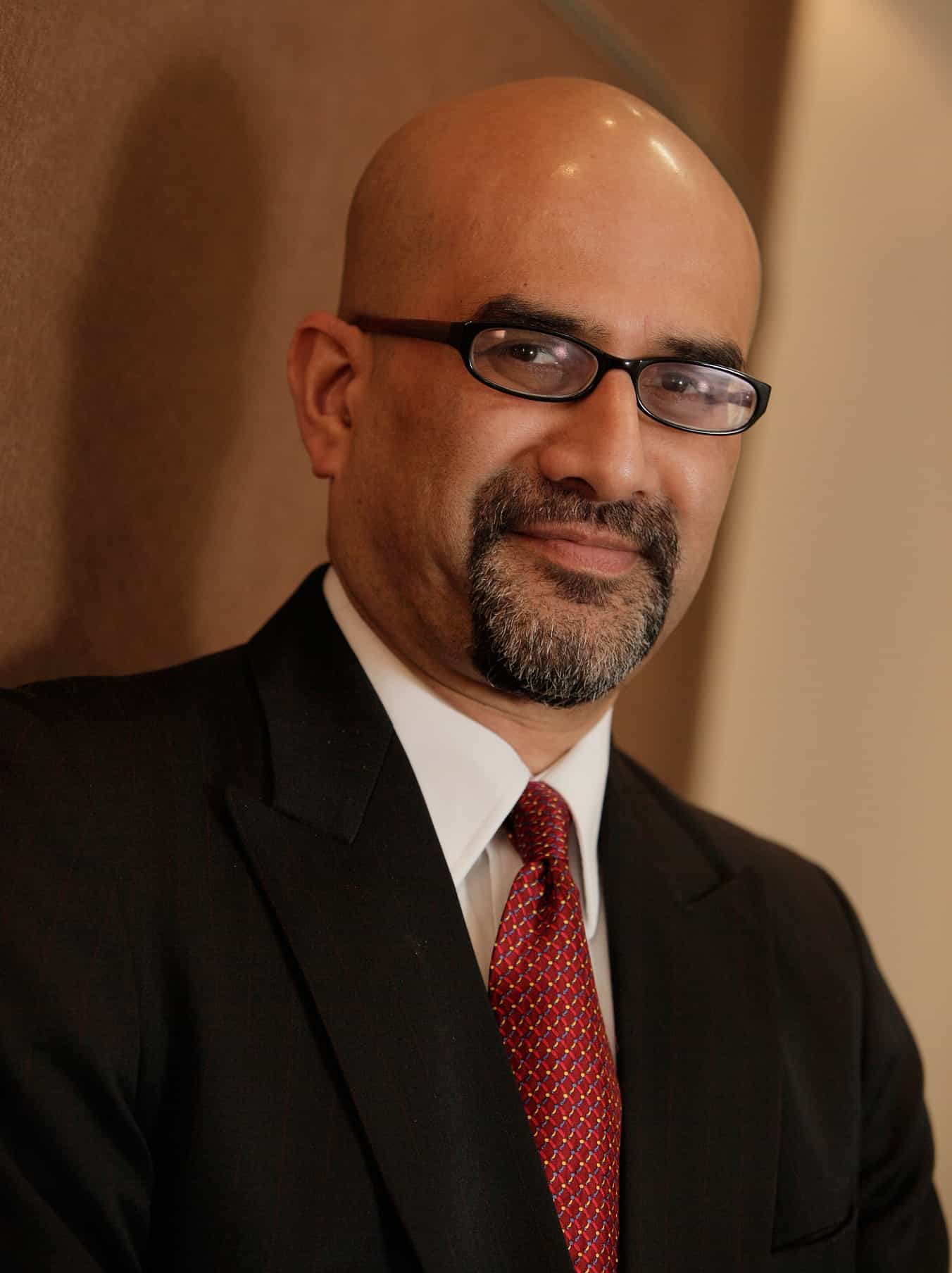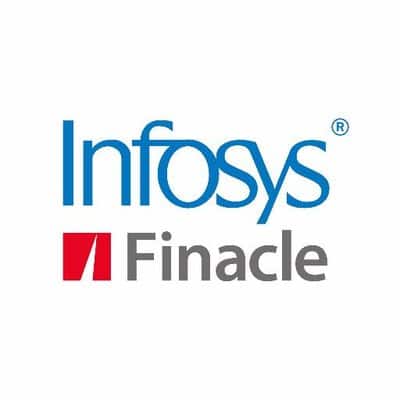While the concept of Open Banking has been around for some years, the industry mostly espoused it for the sake of regulatory compliance.

While the concept of Open Banking has been around for some years, the industry mostly espoused it for the sake of regulatory compliance. However, in the wake of the pandemic, there has been a definitive and rapid uptake of open banking approaches and adoption globally. For instance, in Covid’s devastating aftermath, many beleaguered borrowers – especially small businesses and individuals – have found the Open Banking ecosystem to be an easier source of credit. By authorizing their banks and various other institutions to share their data with third-party providers in real-time, the borrowers are able to tap a wider supply of credit on more favorable terms. And this is just one of the many forces driving an accelerated adoption of Open Banking that has made it a key transformational lever of our world today.
Along with this growing appetite for Open Banking, the scope of Open Banking has also enlarged in recent times. The early days of Open Banking saw limited information sharing and little else; today, as participants gain in compliance and confidence, they are offering a wide portfolio of offerings, including credit, payment and accounting solutions, with plans to introduce savings and investment products as well.
Two factors are supporting this growth – first, a regulatory push in many countries and second, the proliferation of open APIs. The numbers speak for themselves – in the first two quarters of 2020, Open Banking API platforms globally grew 49 percent QoQ1. In the latest EFMA Infosys Finacle Innovation in Retail Banking Study, financial institutions said Open Banking APIs will have moderate to very high impact on banking business in 20212. APIs are a huge enabler of Open Banking ecosystems, facilitating both efficient exchange of data between participants and a variety of offerings on third-party/ non-banking channels.
“APIs are poised to change the future of banking. They have tremendous potential to enable innovations in Open Banking led business models, that are most relevant to banking industry going forward.”
The Growing Impact of Open Banking
Open Banking is changing the very nature of banking and banking institutions. At the highest level, it is dismantling the “pipeline” universal banking model and enabling a ‘platform’ model in its place. Consequently, banks, which traditionally manufactured their products and distributed them through their own channels to their own customers, are now offering a variety of financial and non-financial products sourced from other providers or distributing their own products and services on third-party channels. They are doing this by working with their external ecosystem in a variety of ways:
- Creating joint products with partners: Examples include Paytm which has introduced a co-branded credit card with CitiBank (and VISA), and Marcus by Goldman Sachs (and Mastercard) which has collaborated with Apple to launch the Apple Card.
- Embedding non-banking products within customers’ primary journeys: DBS is a great example, with successful marketplaces for used cars, property, travel and utilities that allow it to enter the customer journey well before the customer starts looking for a banking product.
- Collaborating with third parties to deliver (even) rival products: Once again, consider the example of Paytm, which is working with IndusInd Bank and ICICI Bank on high value fixed deposits and digital loans respectively.
Banks are constituting their platform businesses into the following innovative models:
- Banking-as-a-Service (BaaS): BaaS is a recent development, with the model still in an early stage of adoption. Possibly, its most famous exponent is Goldman Sachs, which offers a set of APIs for creating bank accounts, making and tracking payments, and accessing the details of their activity. Developers can leverage the Bank’s infrastructure to build financial experiences into their own front-end applications3.

- Marketplace: The marketplace model is gaining popularity with many banks creating marketplaces selling best-in-class financial and non-financial offerings in one place. In a way the marketplace is the opposite of the BaaS model because here, banks – much like departmental stores – aggregate the best options from other providers to fulfil even the non-banking needs of their customers. Apart from the earlier mentioned DBS Bank, U.K.’s Starling Bank runs a successful marketplace featuring a variety of services, such as wealth management, pension accounts and accounting software.
- Utilities: A very interesting spin-off is the utilities model where big banks capitalize on their scale and efficiencies to provide back-end infrastructure services to other banks/ providers who then focus only on front-end activities. Payment utilities are now quite common, and the action is picking up in banking as well. For instance, ABN Amro Bank has set up Stater NV providing mortgage services, such as collection, communication and loan management, to other small lenders and fintech companies.
APIs – Enabling the digital ecosystem, and fostering the open banking paradigms
The above business models, while different on the surface, are all powered by APIs on the inside. APIs work at several levels throughout the open banking enterprise: specialized internal APIs or microservices enable banks to solve problems and create new value for clients; APIs help in customer acquisition and product expansion; an API led architecture can enable banks to innovate on par with the best companies in the world.
Therefore, the importance of a sound API strategy can never be overestimated. While developing their APIs, banks should pay heed to the following:
- APIs must be based on good design principles and values, such as user-centricity, reusability and end-to-end process coverage.
- The strategy should produce a strong operating model, as well as a monetization model that supports key business values.
- If the business is to adopt an API-first approach for delivering new features in the future, it must design APIs for maximum reusability, today.
- A modern API management platform with clear ownership is essential, as is a sound governance mechanism for executing internal and external APIs.
- Last but certainly not least, the bank’s leadership should nurture an API culture throughout the organization. Having the right talent and training resources is critical, because over time, the bank must have multiple agile teams, working across the enterprise, developing APIs.
What’s next for APIs and Open Banking
After a slow start driven by regulatory compulsion, Open Banking has started to come into its own. It is a significant opportunity. Open banking is set to become mainstream and will pave way for new possibilities such as open finance. It will eventually foster market competition and innovation creating a win-win proposition for both financial institutions as well as for varied customer segments.
Partnered with:
